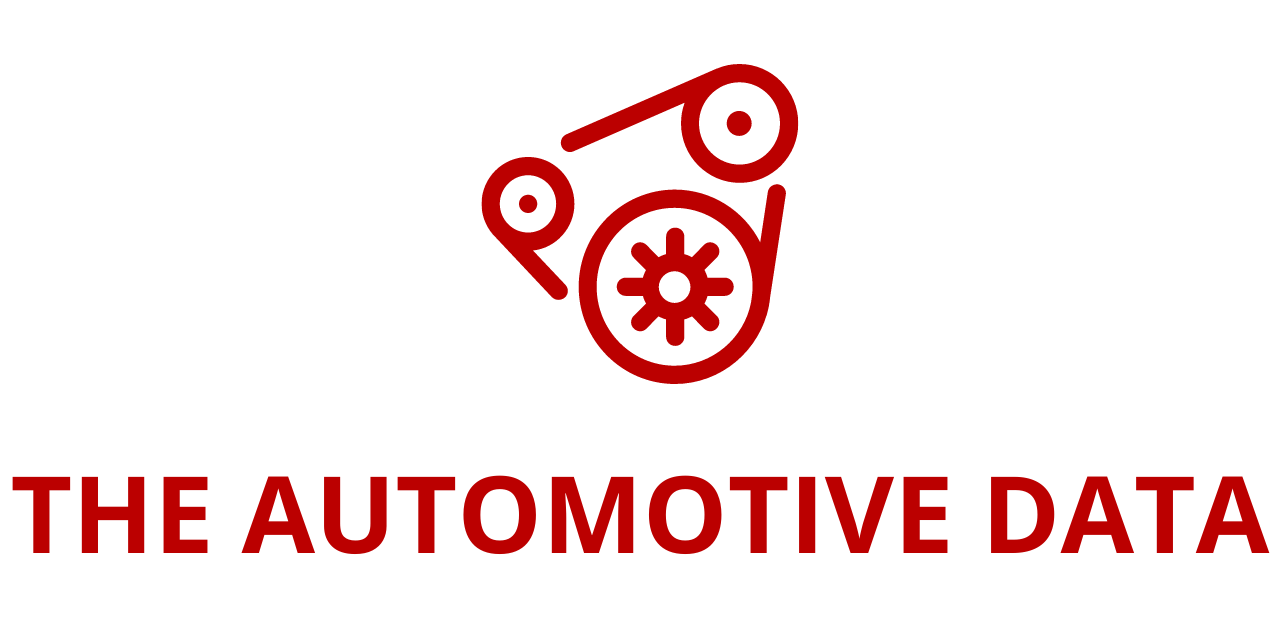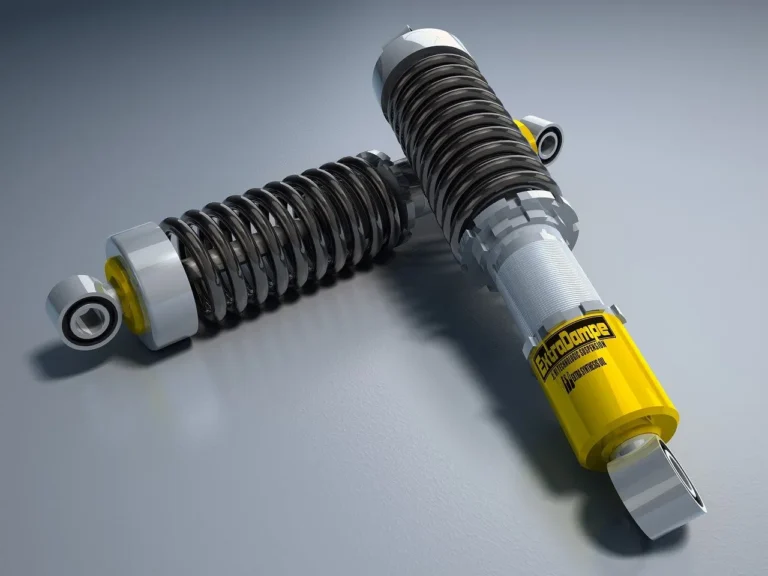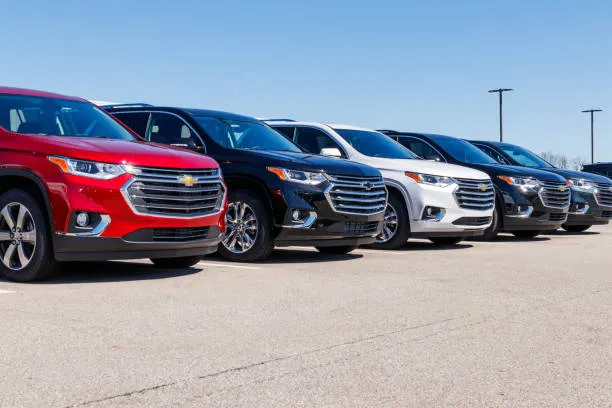
Automotive Digital Key Market Report Set for Transformation in 2025: UWB, Near Link, and Bluetooth 6.0 Reshape the Future of Smart Vehicle Access
The global automotive digital key market is undergoing a rapid evolution, with cutting-edge technologies such as Ultra-Wideband (UWB), NearLink, and Bluetooth 6.0 at the forefront. According to the newly released “Automotive Digital Key (UWB, NearLink, and BLE 6.0) Industry Trend Report, 2025”, now available through ResearchAndMarkets.com, digital key technology is poised to become a standard feature in next-generation vehicles, redefining access, security, and user experience across the automotive sector.
Strong Growth Trajectory in China
One of the most promising markets for digital key adoption is China. The report forecasts that digital key installation in Chinese passenger vehicles will rise from 47.5% in 2024 to over 80% by 2030. This dramatic increase is driven by rapid advancements in digital and wireless communication technologies and growing consumer demand for seamless, smartphone-based vehicle access.
Notably, emerging automotive brands are leading this charge. In 2024, these companies reached an average digital key installation rate of 89%, up 8.1 percentage points year-over-year. Impressively, 60% of these brands offer digital key functionality across their entire model lineup, signaling a strategic shift toward full-scale smart access integration.
Dominance of Key Suppliers
The supply chain supporting this technological shift is also consolidating, with several players emerging as dominant forces. YF Tech, Pektron, Gosuncn, UAES, and Kostal together command a 66.7% market share in the automotive digital key sector. Of these, YF Tech stands out as the market leader, holding a 27.5% share thanks to its partnerships with brands under the Harmony Intelligent Mobility Alliance, including AITO and LUXEED.
These suppliers are playing a crucial role not only in technology integration but also in expanding the availability of advanced access solutions across both domestic and international vehicle platforms.
Technology Spotlight: UWB, NearLink, and Bluetooth 6.0
The report identifies three pivotal technologies reshaping the digital key landscape: Ultra-Wideband (UWB), NearLink, and Bluetooth 6.0. Each brings distinctive advantages and is shaping the direction of development for OEMs and component suppliers.
Ultra-Wideband (UWB): Precision Access and Enhanced Security
UWB technology has demonstrated exponential growth, with installations increasing by 354.6% year-on-year in 2024. OEMs such as NIO, Zeekr, and BMW are actively deploying UWB to support highly secure and precise positioning use cases. UWB’s millimeter-level accuracy enables advanced functionalities such as:
- Smart access control based on exact user location
- Automated parking assistance
- In-cabin monitoring and child presence detection
UWB also supports sensor fusion architectures, allowing automakers to integrate multiple features—such as intelligent door locking, ambient lighting activation, and driver authentication—into a seamless experience.
NearLink: An Emerging Standard for Stability and Accuracy
NearLink, developed in part by Shanghai HiSilicon and integrated into vehicle systems by YF Tech, is another groundbreaking technology entering mass production. It offers high reliability, low latency, and strong resistance to interference, addressing common issues with traditional Bluetooth-based systems, such as door locking delays or communication dropouts.
NearLink-enabled digital keys support:
- One-touch and proximity-based unlocking
- Remote key sharing
- Over-the-air firmware updates
- Secure two-way authentication
Given its superior performance, NearLink is positioned to become a widely adopted standard, particularly in new energy vehicles (NEVs) and smart mobility platforms over the next several years.
Bluetooth 6.0: The Next Evolution in BLE Technology
The Bluetooth Special Interest Group (SIG) introduced Bluetooth 6.0 in 2024, offering significant enhancements in location accuracy and communication performance. The technology leverages Channel Sounding, Phase-Based Ranging (PBR), and Round-Trip Time (RTT) to drastically improve proximity sensing.
With commercial implementation expected around 2026 to 2027, Bluetooth 6.0 is projected to add new dimensions to the digital key ecosystem, enabling:
- More accurate passive entry systems
- Interference-resistant key recognition
- Enhanced power efficiency for always-on functions
Market Trends and Future Outlook
While BLE+NFC fusion solutions are currently the most widely adopted due to their cost-effectiveness and ease of integration, UWB offers superior performance for advanced applications. NFC alone is expected to experience limited future growth unless paired with complementary technologies.
The arrival of NearLink and Bluetooth 6.0 into the ecosystem further intensifies innovation, bringing in next-gen features like liveness detection, vehicle-personalization triggers, and OTA-enabled key updates. As these technologies mature, the digital key market will likely shift from niche add-on status to core functionality in mass-market vehicles.
Strategic Moves by Automakers and Suppliers
The report outlines detailed digital key strategies from major OEMs including:
- BYD, Denza, Changan, Geely, Lynk & Co
- Tesla, Li Auto, NIO, Xpeng
- Hyundai, BMW, SAIC, Zeekr, SAIC-GM
Each of these manufacturers has either already deployed or is developing proprietary digital key platforms. For instance, Tesla’s keyless entry system, BMW’s UWB-based digital key, and BYD’s BLE+NFC combinations represent a variety of approaches, showcasing the diverse technical paths currently shaping the competitive landscape.
Component and Chip-Level Innovations
The digital key ecosystem is supported by advancements from major chip manufacturers such as:
- NXP, STMicroelectronics (ST), Texas Instruments (TI), Telink, Qualcomm, Apple, and Qorvo
Their innovations are driving improved communication protocols, energy efficiency, and security layers for digital key systems. In particular, Apple’s U1 chip and NXP’s secure car access solutions are playing crucial roles in premium OEM adoption.
Meanwhile, suppliers like Pektron, G+D Mobile Security, Alps Alpine, Marquardt, and Irdeto are contributing heavily to system integration and end-user interface development.
Chinese and Global Players to Watch
The report offers in-depth analysis of both domestic and foreign digital key system providers. On the Chinese side, key suppliers include:
- INGEEK, UBITRAQ, ADAYO, PATEO, TsingCar, LINKSCI, UAES, and Fuyao
These companies are building solutions tailored to local consumer behavior and regulatory environments, while expanding to global markets through partnerships and joint ventures.
Foreign suppliers such as Bosch, Valeo, Continental, FORVIA, KOSTAL, Denso, Huf Group, and TOKAI RIKA are also actively refining their offerings, particularly in high-growth regions like Southeast Asia and Latin America.
Conclusion: A Decade of Disruption and Innovation
The automotive digital key industry is on the cusp of a significant transformation. Between the widespread adoption in China, rising standards for security and user convenience, and new technologies like UWB, NearLink, and Bluetooth 6.0, the next few years will define the future of smart vehicle access.
Automakers and suppliers alike are preparing for this next wave of innovation, seeking to combine digital keys not only with vehicle entry but also with payment systems, user profiles, ride-sharing access control, and autonomous driving triggers.
As the 2025 report outlines, the digital key market will not just expand—it will evolve, enabling a safer, smarter, and more connected automotive experience for consumers worldwide.







